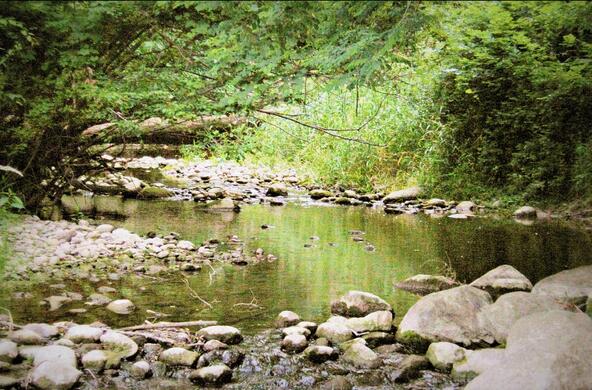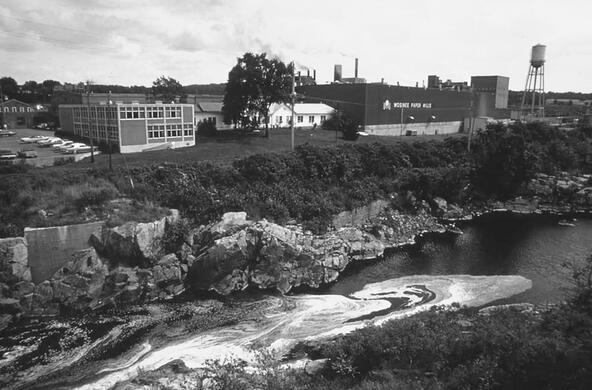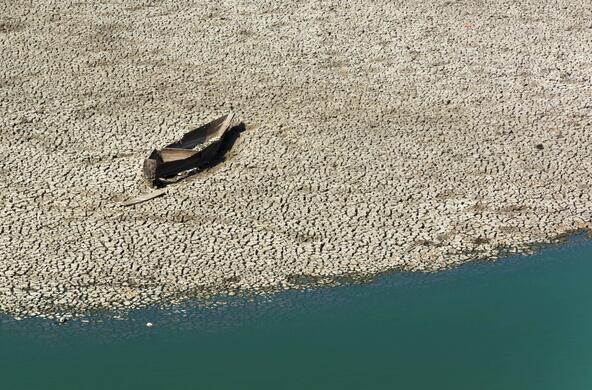Is it good or bad to be able to see ghosts? I’ve been wondering about this since I recently realized that I’ve been seeing ghosts ever since I began to study freshwater mussels about 30 years ago.
There’s nothing special about being able to see ghosts — all mussel ecologists can do it. Our native mussels make thick shells, some weighing more than a pound, that can last for decades or centuries, especially in places where the water is hard (rich in calcium). This means that when you visit a river, you can see the ghost shells of mussels that lived in 1940, or 1840, along with the shells of mussels that are living in the river today.
So mussel ecologists can see the past and present at the same time. Each of the 300 species of freshwater mussels in North America has its own habitat preferences and uses its own set of fish species to carry its larvae. Thus, mussel ghosts tell you not only what kinds of mussels used to live in a river, but also what the habitat was like and what kinds of fishes could be found there.
Let me give you an example. One of the first places I visited as a young ecologist was the mouth of Macon Creek in Michigan. I saw a nearly stagnant stream filled with warm water having the temperature and odor of fresh urine. Algal scum covered the stream bottom, and construction debris tumbled down its banks. Not surprisingly, I didn’t find a single living mussel in the creek. The scene was unappealing in the extreme.
But the ghost shells of 18 species of mussels (the most I have ever seen at a site) showed me a different scene. At the same time that I was seeing the squalid scene in front of me, I was also seeing the creek mouth as it must have been before the land was cleared in the 19th century.
A small, clear creek overgrown with willows swings through broad loops before entering the river. The sandy spit where the two streams meet is covered with hopeful young sycamores and the tracks of sandpipers. Upstream of the creek mouth, the river flows in a foam-flecked green pool shaded by the graceful parents of those little sycamores. Downstream, a bright riffle sparkles in the sun. The water is filled with minnows and sunfishes and multicolored darters, and the air is filled with waxwings and warblers and black-winged damselflies.
You can imagine the emotions that these ghosts evoked in me — delight in discovering that such a lovely spot once existed in the monotonous landscape of southeastern Michigan, mixed with sadness at its demise.
I wonder how we would feel if we could see all of the ghosts around us. What if we saw the shadows of great flocks of passenger pigeons flickering on the ground each year during the migration seasons? Or the thin trails of wood smoke rising from Indian encampments along the creek every time we drove past I-84 and Route 9? Or if looking down from the Walkway Over the Hudson, we saw both the empty muddy water of 2012 and the clear water of 1750, alive with the numberless shads swimming up the river in huge schools?
I really don’t know if it would be a good thing or a bad thing if we could see all of these ghosts. But I do know from my own unsettling experiences as a mussel ecologist that being able to see ghosts forever changes the way that you think about the world and our role in it.






